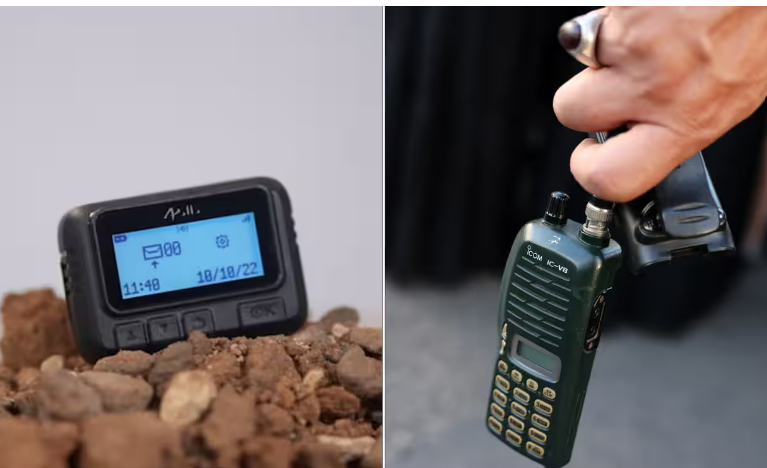In recent days you would have heard about the AR-924 pager explosions, the cybersecurity community has been rocked by a series of alarming incidents involving the AR-924 pagers and Japanese walkie-talkies. These devices, widely used for communication, have been weaponized, leading to devastating explosions. This blog post delves into the vulnerabilities and exploits that made these attacks possible, highlighting the importance of robust cybersecurity measures and introducing XSPECTRE Vulnerability Management as a solution.
The AR-924 Pager Explosions
On September 17, 2024, thousands of AR-924 pagers used by Hezbollah members exploded simultaneously across Lebanon and Syria. These devices, manufactured by a Hungarian company and branded by a Taiwanese firm, were rigged with explosives by Israeli intelligence services. The attack resulted in significant casualties and highlighted a critical vulnerability in communication devices.
Key Vulnerabilities:
1. Supply Chain Infiltration: The pagers were intercepted and tampered with during the supply chain process, demonstrating the risks associated with unverified suppliers.
2. Remote Activation: The explosives were triggered remotely, likely through a command sent via the pager network. This underscores the need for secure communication protocols.
Japanese Walkie-Talkie Explosions
Following the AR-924 pager explosions, a second wave of attacks targeted Icom walkie-talkies in Lebanon. These devices, also used by Hezbollah, exploded on September 18, 2024, causing further casualties. The walkie-talkies were identified as Icom IC-V82 models, which had been purchased months prior.
Key Vulnerabilities:
1. Counterfeit Devices: The Icom IC-V82 models involved in the explosions were not purchased through official channels and were likely counterfeit. This highlights the dangers of using unauthorized devices.
2. Lack of Encryption:The walkie-talkies lacked robust encryption, making them susceptible to tampering and remote activation.
Everyday Items at Risk – beyond pagers and walkie-talkies, many everyday items are vulnerable to similar exploits. Here are some examples:
IoT Devices:
• Smart Home Gadgets: Devices like smart thermostats, lights, and security cameras can be hacked to disrupt home security or privacy.
• Fridges: Smart fridges can be exploited to access personal data or even control other connected devices in your home.
Televisions:
• Smart TVs: Vulnerabilities in smart TVs can allow hackers to take control, spy on users, or access other devices on the same network.
Vehicles:
• Cars and EVs: Modern vehicles, including electric cars, are susceptible to hacks that can control critical functions like braking, steering, and acceleration.
Mobile and Desktop Phones:
• Mobile Phones: Common vulnerabilities include malware, phishing attacks, and unauthorized access to personal data.
• Desktop Phones: These can be exploited to eavesdrop on conversations or access sensitive information.
• Bluetooth & Wireless DECT Headsets: Vulnerabilities in Bluetooth and DECT technology can allow attackers to intercept communications or control the device.
Lessons Learned
These incidents underscore the critical importance of cybersecurity in communication devices. Here are some key takeaways:
1. Verify Suppliers: Always source devices from verified and reputable suppliers to avoid counterfeit products.
2. Implement Encryption: Ensure that all communication devices use strong encryption to prevent unauthorized access and tampering.
3. Regular Audits: Conduct regular security audits of all devices and networks to identify and mitigate vulnerabilities.
4. Supply Chain Security: Strengthen supply chain security to prevent interception and tampering of devices during transit.
Conclusion
The AR-924 pager and Japanese walkie-talkie explosions serve as a stark reminder of the vulnerabilities that can be exploited in communication devices. By implementing robust cybersecurity measures and utilizing tools like XSPECTRE Vulnerability Management, we can protect against such attacks and ensure the safety and integrity of our communication networks.


Recent Comments